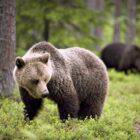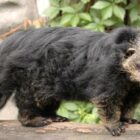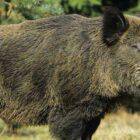Into the Forest Canopy: The Red Squirrel
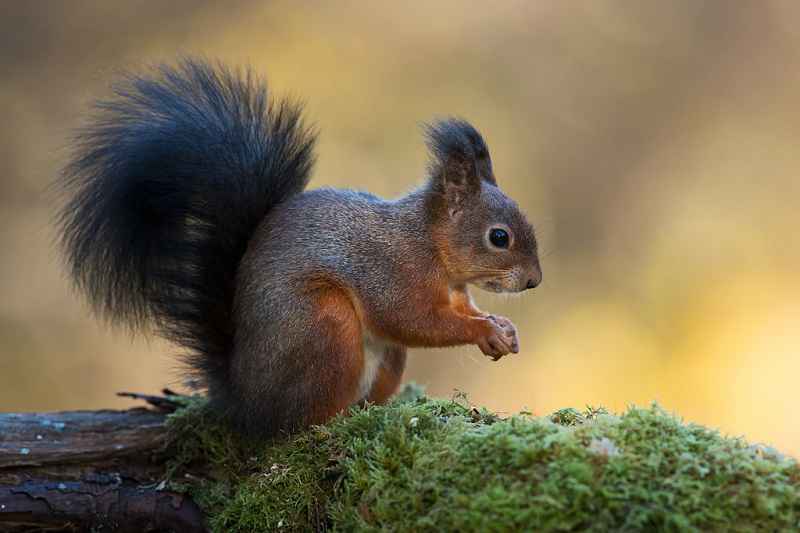
The common squirrel, or European red squirrel (Sciurus vulgaris), is a small arboreal rodent known for its curious feeding habits. Throughout history, the red squirrel has been observed, hunted, or venerated by the ancient inhabitants of Europe, becoming one of the symbolic animals of the forests of the Old Continent.
Characteristics of the red squirrel
The common squirrel shows great variability in fur color, ranging from red to dark brown; very often the belly is covered with white fur and the dorsal mane is darker than the lateral coloration. The change in fur color seems to be linked to various environmental factors, such as vegetation cover, season, diet, and genetic factors.
A common squirrel rarely exceeds 4 ounces in weight and is about 25 cm long excluding the tail, which can measure from 15 to 20 cm. The tail serves two fundamental functions for the squirrel’s life: it allows the animal to balance during its movements on trees and helps the squirrel preserve heat during sleep by acting as a “scarf”.
The hind legs, longer than the front ones, allow the animal to move agilely on the ground, while the claws and plantar pads enable it to climb trees. Like most squirrels accustomed to living in trees, the red squirrel has sharp claws to facilitate climbing or descending on almost any surface.
To survive the winter, the red squirrel creates nests about 25-30 centimeters wide at branch forks using pieces of bark, grass, leaves, and moss, or it exploits natural cavities in tree trunks or those dug by woodpeckers. Given the solitary nature of the red squirrel, the nest is usually occupied by a single individual, but in winter, it can host several squirrels trying to keep warm together.
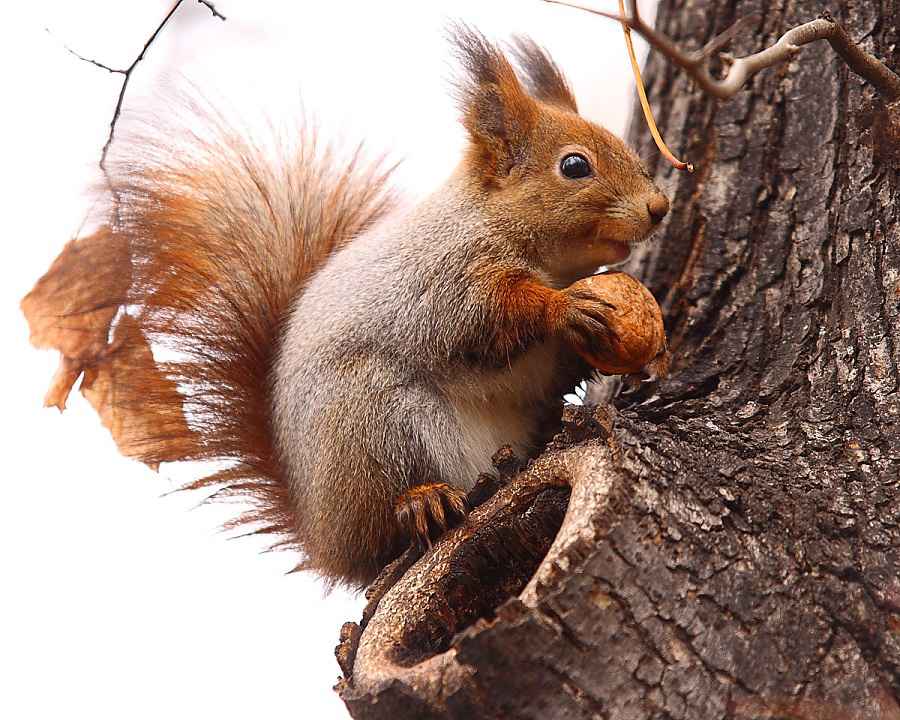
Diet of the squirrel
The red squirrel primarily feeds on seeds such as pine nuts, acorns, walnuts, and hazelnuts, but it also enjoys mushrooms, berries, and the tender shoots of some young plants. More rarely, they eat eggs or chicks of small birds. Red squirrels tend to avoid nuts and acorns perforated by parasites, recognizing them by weight: those too light are likely to have been invaded by larvae feeding on their precious contents.
The red squirrel spends 60 to 80% of its time searching for food and feeding, activities it carries out from morning until sunset, taking a break midday to avoid excessive heat or hide from predatory birds.
Contrary to the gray squirrel, the red squirrel stores excess food inside small tree cavities or, more often, by forming food piles on the ground that can reach considerable sizes. Although it remembers the location of the caches with reasonable accuracy, the red squirrel has a less developed memory than the gray squirrel.
The choice of a suitable location for a food cache is not random: the red squirrel prefers landmarks it can easily remember, such as large trees or bushes with a particular shape. When it’s time to retrieve the stored food, it uses all its senses to try to remember the exact hiding spot: it checks if the ground has been disturbed and begins to sniff the air and ground for odors that confirm the presence of food.
Mating and offspring of the red squirrel
In the initial phase of mating, a male red squirrel detects the presence of a nearby female based on scent. After locating and reaching her, he may be forced to chase her for over an hour before being able to mate; additionally, other males may have located her and joined the pursuit: only the dominant squirrel (generally the largest and strongest) will succeed in mating.
If unable to mate on the first attempt, a male will have other opportunities to find a mate: red squirrels, both males and females, mate with several partners within a single breeding season.
The red squirrel can reproduce twice a year, generally in February-March and between June and July. After a gestation period of nearly 40 days, the female can give birth to up to 4 offspring, although litters of up to 6 offspring have been observed. To give birth to offspring, the female must reach the right body mass: a weight below average results in a smaller litter.
Red squirrel pups weigh between 10 and 15 grams at birth, are hairless, blind, and deaf, and their survival depends entirely on the mother for the next four weeks: their fur will start to grow after about 20 days, they will gain sight after 3-4 weeks, and tooth development will be complete by the 42nd day.
The red squirrel has an average lifespan of about 3 years; the strongest and healthiest individuals can reach seven years in the wild, while in captivity, they can live up to ten years. Survival is linked to the availability of seeds for food during the autumn-winter period; 75 to 85% of young squirrels perish during the first winter, while mortality drops to about 50% in the second winter.
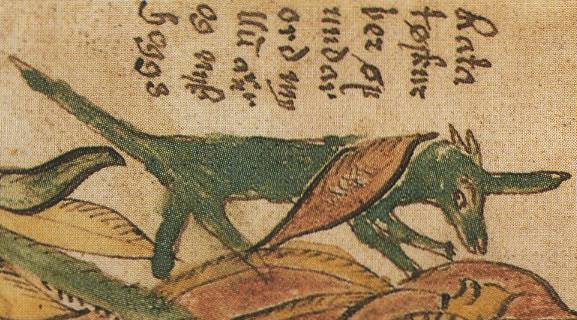
The red squirrel and our ancestors
The squirrel is part of Greek or Roman mythology. It is occasionally mentioned by some authors for the curious characteristic (according to popular belief) of shading itself with its tail on sunny days; hence the Greek name skíouros (in Latin sciurus), translatable as “shade-maker”.
According to Norse mythology, the squirrel is sacred to Loki because of the red color of its fur; for the same reason, it is also dear to Thor, red-haired.
Ratatoskr (“tooth that pierces”) is, in Norse mythology, the name of the squirrel that lives on Yggdrasill, the world tree. Ratatoskr swiftly and ceaselessly traverses the trunk, moving from roots to branches, serving as a messenger for Níðhöggr, the great serpent dwelling among the roots, and the great eagle at the top of the tree.
For many centuries, the red squirrel was hunted for its fur: in Finland, it was used as a trading currency, and even today, the expression “squirrel skin” (oravannakka) is used to refer to money.
The extensive trade in squirrel skins may have been behind the epidemic of Nordic leprosy during the Middle Ages: genetic analysis of a skull belonging to the “Hoxne Woman,” discovered in Suffolk County, seems to link episodes of leprosy in pre-Norman England to the trade in squirrel skins with Scandinavia. The research, published in The Journal of Medical Microbiology, closely relates the high incidence of leprosy in East Anglia in the 9th-10th centuries to the red squirrel, carrier of Mycobacterium Leprae, the leprosy bacterium.


